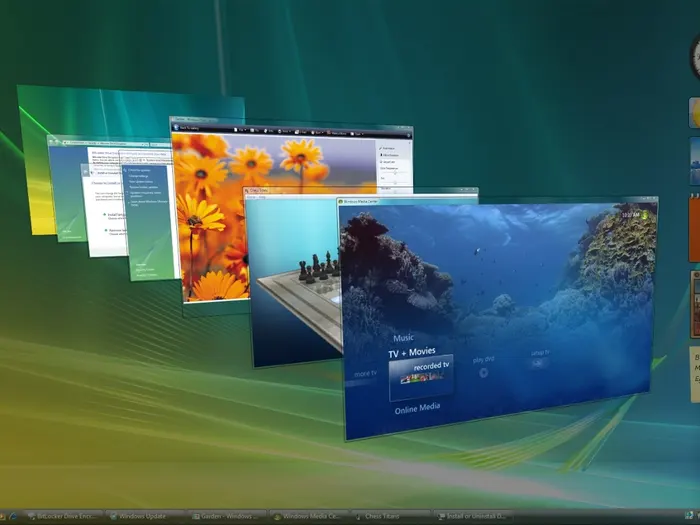For more than 35 years, Microsoft Windows has been the most widely used operating system in the world. Windows has had an enormous impact on computing, from the way we use our personal computers to the way businesses run their operations. In this article, we will explore the history of Windows and the impact it has had on the world of computing.
The Early Days of Windows
Windows was first released in 1985 as a graphical user interface (GUI) for Microsoft’s existing Disk Operating System (DOS). At the time, DOS was the dominant operating system for personal computers, but it lacked a graphical interface, making it difficult for non-technical users to use. Windows changed all that, introducing a user-friendly interface that was easy to navigate and use.
The first version of Windows was not very successful, but Microsoft continued to refine the operating system, releasing Windows 2.0 in 1987 and Windows 3.0 in 1990. With each new version, Windows became more powerful and easier to use, and by the mid-1990s, it had become the dominant operating system for personal computers.
The Rise of Windows 95
In 1995, Microsoft released Windows 95, which was a major milestone in the history of the operating system. Windows 95 was a huge success, selling millions of copies in its first few weeks on the market. It introduced a number of new features, including the Start menu, which is still a core feature of Windows today.
Windows 95 was also the first version of Windows to include built-in support for the Internet. This was a significant development, as the Internet was still in its early days at the time, and Windows 95 helped to make it more accessible to the average user.
Windows 2000 and the Enterprise Market
In the late 1990s and early 2000s, Windows began to make significant inroads into the enterprise market. Windows 2000, released in 2000, was the first version of Windows designed specifically for business use. It introduced a number of new features, including improved security, better support for networking, and more powerful administrative tools.
Over the years, Microsoft has continued to improve Windows, releasing new versions and updates that introduce new features and improve performance. Today, Windows 10 is the most widely used version of the operating system, with more than 1 billion devices running the software.
The Impact of Windows on Computing
The impact of Windows on computing has been enormous. It has made personal computers more accessible and easier to use for non-technical users, and it has helped to democratize computing, making it possible for more people to use technology to accomplish their goals.
Windows has also had a significant impact on the business world. It has made it easier for businesses to manage their operations and has helped to streamline many business processes. With Windows, businesses can run specialized software applications, manage their networks, and process large amounts of data.
Looking to the Future
As we look to the future, it is clear that Windows will continue to play a significant role in computing. Microsoft is already working on new features and improvements for future versions of the operating system, and it is likely that we will continue to see new innovations and improvements in the years to come.
In conclusion, Windows has had an enormous impact on computing, from the way we use our personal computers to the way businesses run their operations. With more than 35 years of history behind it, Windows has proven to be a resilient and adaptable operating system, and it is likely to continue to play a significant role in computing for many years to come.

